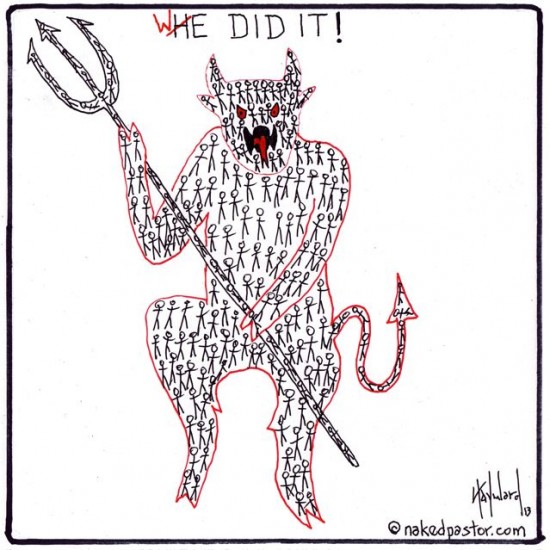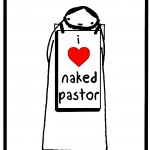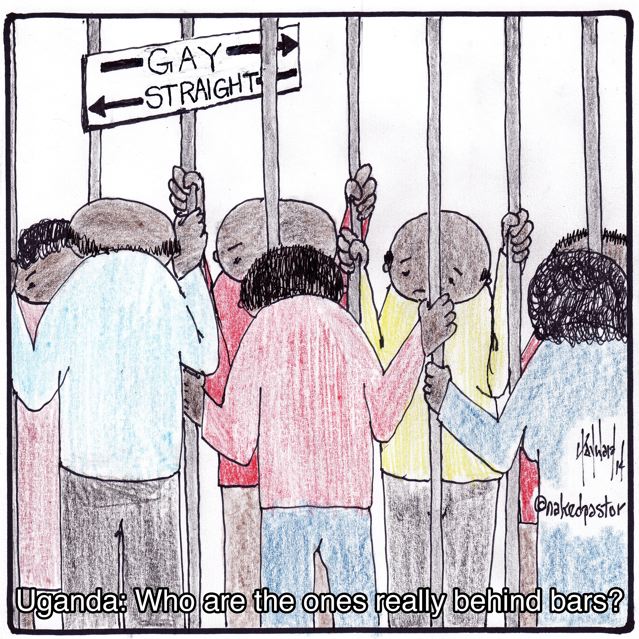I was saddened yesterday by the news of a young pastor’s suicide. The entire story is very tragic. I was silenced in the face of such terrible news. I can’t imagine what his family and friends are going through. Horrible!
I read Jennifer LeClaire’s opinion in Charisma News, “Why Are So Many Pastors Committing Suicide?”. LeClaire honestly shares her own past struggle with depression, so she can genuinely identify with so many who struggle similarly. She is also concerned about the fate of pastors and has gathered statistics that reveal pastors live difficult lives often burdened with very deep struggles that few know or understand. I know this to be true from experience. The following statement is the core of her post:
“Many of the harmful actions we take originate from the seed of a thought Satan whispers to our souls.”
LeClaire chose to focus on the personal aspect of what goes on in the mind of a suicide. But I suggest this understanding of the demonic no longer suffices. In fact, I fear that promoting this superstitious belief will not only prevent some people from seeking professional help but even provide a culture within which self-harming thoughts and actions are stimulated. As well, her paradigm focuses on the problem as individual rather than communal. I believe in many suicide cases the social problem is the context within which the personal one is exacerbated. I would like to explore this social aspect as sensitively as possible.
Disclaimer: I am not a professional in the mental health field. Even though I’ve dealt with a lot of suicides and their families and friends over the years, I am not an expert. I’ve only been involved with pastoral counseling and the study of theology. So I humbly offer my meagre perspective to hopefully add more to the conversation around this increasing problem. I also want to say that in no way am I blaming the family and friends of suicides. Often suicide occurs to the shock of her loving and supportive families and friends. It makes no sense why some decide to end their lives. So the focus of this post is to offer a social perspective that I hope will make healthier communities within which the option of suicide may be less attractive.
In the story of the Gerasene demoniac in Mark 5, I discern three stages in the sad story that develops around this man:
- Stigmatization: The first stage in the demoniacs journey away from healthy living was that he was marked by something that was different about him. Was he struggling with mental illness? Many scholars suggest that many of the ailments in the bible were blamed on demons. In a culture where these things were considered scary and therefore demonic, the next step was to project these onto the victim: he’s scary and therefore demonic. It’s the same today when someone is considered “not normal” for whatever reason. Sometimes the stigma isn’t even a real one but one that is projected onto them by others. They are stigmatized, marked as different. What often happens in a church is that a person falls and is marked with the label “failure” or “sinner”. This sets the stage for the next step.
- Dehumanization: When someone is considered “not normal”, they are somehow less than human. Heartless or bewildered people around the person can exalt themselves over him and look down on him as less than fully human. The demoniac is described as a wild animal. People around the stigmatized person says things like, “She’s different.” “He’s weird.” “I can’t believe she did that!” “What got into him?” “That was so out of character!” “She’s not herself!” “He’s a monster!” The language betrays the belief that somehow this person is controlled by an inhuman quality. He is no longer a healthy and desired member of society and this sets him up as a candidate for exile. In the church these are members who have sinned or are believed to be sinners and are considered a threat to the community.
- Ostracization: Once a person is considered less than whole, an unhealthy member of the community and perhaps even a danger to it, then the next step is to ostracize him. We see this in the church when the stigmatized person is not allowed in, is invited to leave, forced to leave, excommunicated or made to feel that he has no other choice but to leave. The demoniac was removed from society and living in a graveyard, symbolizing that he was living in the land of the dead rather than the living. Here, self-harm was his daily practice. Many feel that they are already dead inside and suppose they might as well be dead outside. They’ve been marked with a stigma, be it sin or quirk or difference or oddity or illness, and are considered less than human and no longer belong. He is ostracized and banned to outer darkness where he’s lost everything he valued about his life and all that remains to depart this world is his body.
Here are some examples:
- Sarah at high school becomes the focus of the queen bee who is a bully. Sarah is marked as the one to be teased by the other girls. She’s less than the other girls and is not allowed in the clique. She lives in terror every day she gets on the bus or goes to school or shops at the mall.
- John, a college student in a conservative town, is found sleeping with another young man and photographs are posted on Facebook. His family is shocked and non-supportive. The other students call him a faggot and eventually make it impossible for him to stay in school. He leaves friendless and humiliated.
- Jane works in accounting. She is brilliant with numbers. She also suffers with Turrets. Her co-workers laugh about her ticks behind her back. She knows. Her boss recognizes Jane’s talent but also wants to be cool with the other employees, so he laughs along with them. She is never invited to their parties. She is bypassed for promotions. She lives alone.
- The senior pastor finds a Playboy magazine in his assistant pastor’s desk. Luke is fired and kicked out of the church. The reason is announced publicly at church and published in the local newspaper. His wife leaves him and also takes the kids because she leaps to the crazy but damaging conclusion that if he is addicted to porn he is probably a pedophile too. The judge agrees. He gets a minimum wage job and lives alone in a basement apartment.
Again, I want to be a support to the families and friends of those who commit suicide. At the same time I want to help create safe communities where the horrible social practices of stigmatization, dehumanization and ostracization are not employed. Like my cartoon suggests, our social constructs and behaviors may act like demonic powers that can prepare a person for self-harm and suicide. There are many little deaths that happen before the final one… like the death of dignity, the death of emotion, spirit and hope, and the death of our social networks. My hope is that if we stopped practicing these, suicide might be less of a viable option for some.
Like Jesus did in the gospel story of the demoniac, can we appreciate a diversity of people with all our different struggles? Can we treat all people as fully human with dignity and respect? Can we embrace everyone in our communities? Can we create safe communities within which suicide, the desire to radically leave the community, becomes less of a desired option?
I believe so.













